(NLDO) - The construction of the Prague ring road has brought Czech scientists a great archaeological discovery.
According to Heritage Daily, archaeologists from the Czech Academy of Sciences discovered a settlement dating back up to 7,000 years during the construction of the Prague Ring Road in the Central Bohemian Region of the Czech Republic.
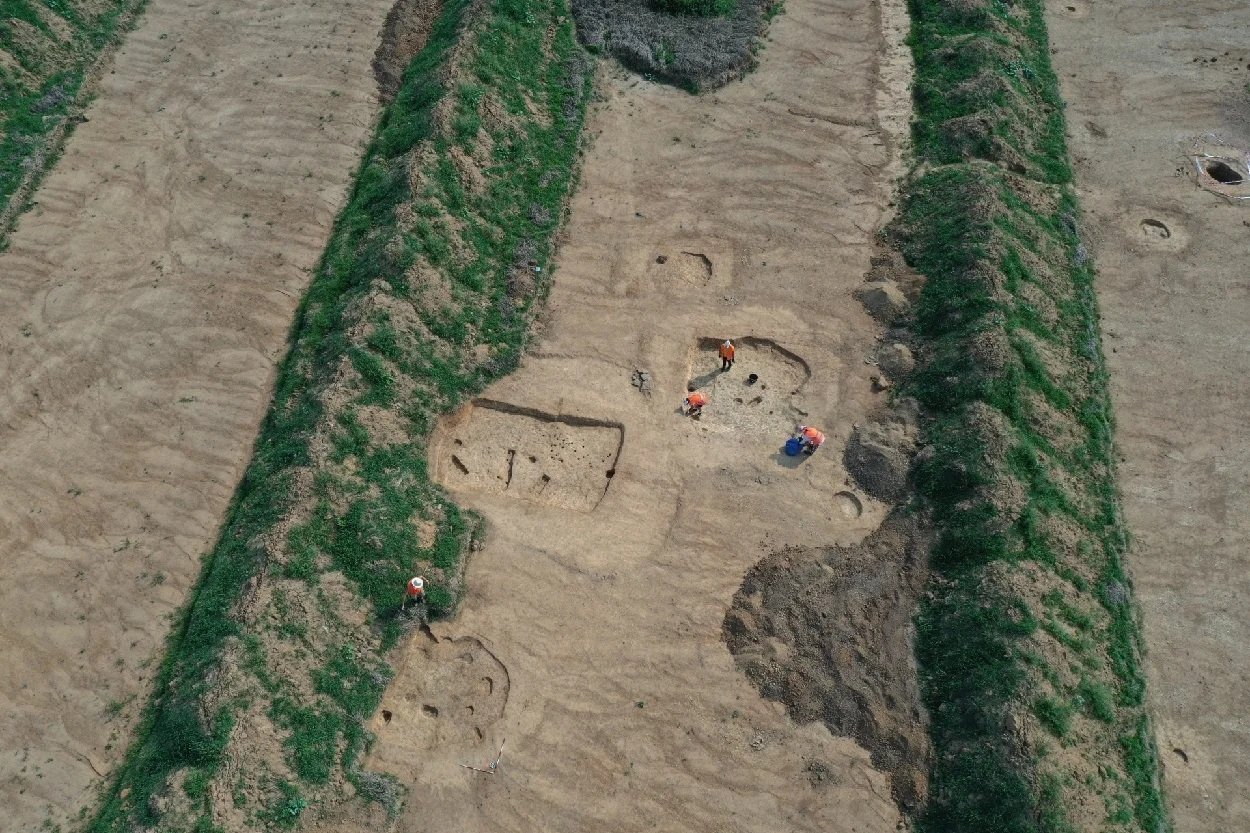
Scientists work on part of the ruins of an ancient village in the Czech Republic - Photo: Czech Academy of Sciences
Located just outside the country's capital, Prague, this mysterious village is a living testament to how civilization thrived in the area as far back as 5,000 BC.
The remains of this settlement include structures dating from the late Neolithic to early Bronze Age.
A total of 10 partially submerged houses have been excavated, along with several pits that may be the remains of houses, huts, or other residential or ceremonial structures.
Within the village there are traces of storage pits and cesspits, and there is also evidence of an ancient stone-working workshop.
The site also yielded a series of interesting artifacts that help to visualize the world of these ancient people, including: kitchen pottery, exquisitely crafted tableware, small iron and bronze tools, clay or glass beads...
The team from the Institute of Archaeology of the Czech Academy of Sciences paid particular attention to the handle of a kylix – a popular wine vessel in the Adriatic coastal region (part of the Mediterranean) – along with glass beads.
They may represent contact between the inhabitants here and the Mediterranean people.
In another part of the study area, archaeologists found dozens of pits, often circular in diameter and 2-5 m deep.
These pits date much more recently, to the 13th century, but are still a remarkable archaeological find.
Preliminary analysis suggests that these pits are most likely related to gold prospecting or direct gold mining in the sand and gravel beds of a nearby stream.
Source: https://nld.com.vn/dao-duong-phat-hien-ngoi-lang-7000-tuoi-gan-thu-do-czech-196241224112615015.htm


![[Photo] Prime Minister Pham Minh Chinh receives President of Cuba's Latin American News Agency](/_next/image?url=https%3A%2F%2Fvphoto.vietnam.vn%2Fthumb%2F1200x675%2Fvietnam%2Fresource%2FIMAGE%2F2025%2F12%2F01%2F1764569497815_dsc-2890-jpg.webp&w=3840&q=75)








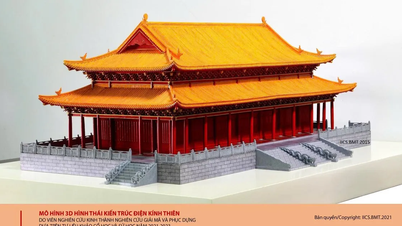

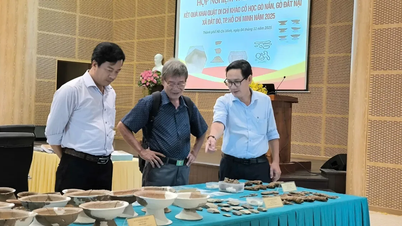
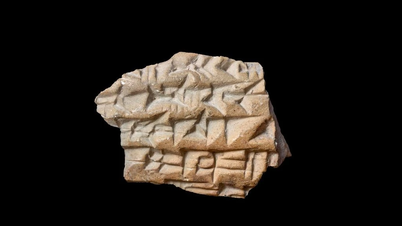

























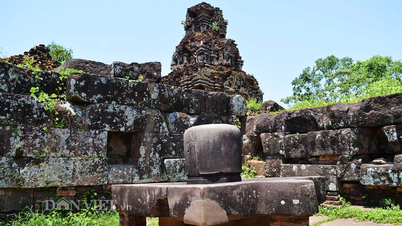



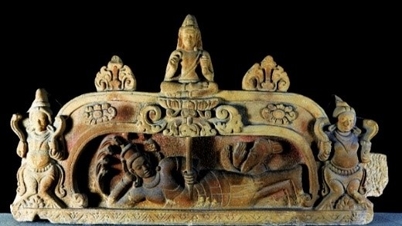
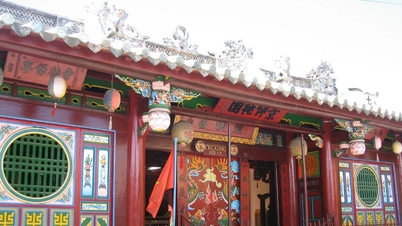















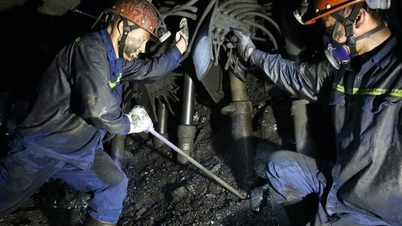























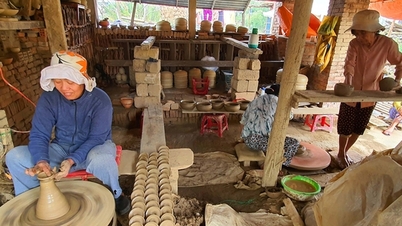







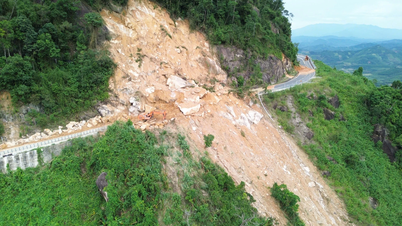
















Comment (0)